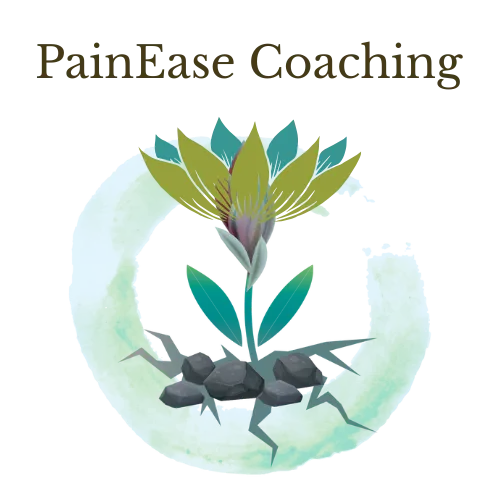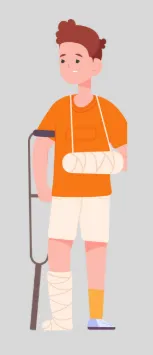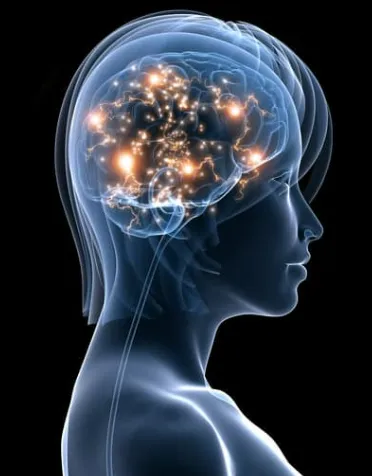
Welcome To
PainEase Coaching
Guiding You from Physical and Emotional Pain and Hopelessness to
Resilience, Purpose, & Living Life Again
Demystifying Pain: Pain Neuroscience Education 101
Neuroscience shows us that pain is complex and multifaceted, but understanding it is the first step to relief. Pain neuroscience education (PNE) is recognized as a crucial component of a comprehensive, multimodal approach to chronic pain. Below, is a breakdown of acute vs. chronic pain
At PainEase Coaching, programs are tailored to your pain type—helping you move from struggle to strength.

Acute pain is Structural Pain
Is sudden in onset & has a limited duration. It's short-lived, typically lasting from a few seconds to a few days, weeks, or at most, a few months. It's expected to resolve as the underlying injury or illness heals. It heals within 3 months.
Acute pain is a symptom- Its a signal of actual or potential tissue damage. It's your body's alarm system, warning you that something is wrong and prompting you to take action to protect yourself (e.g., pulling your hand away from a hot stove).
Acute pain treatment is often handled by emergency or surgical specialists who treat the underlying injury or illness for short-term relief and recovery.
Impact on daily life: the body tries to avoid movement around the painful area where the muscle will get tense, inflamed and painful in order to enforce healing through rest.
Areas of the brain activated are brain regions controlling fear, anxiety and worry all which are normal responses to a dangerous situation, as an act of survival, and within healing time (< 3 months) the brain discontinues to activate these areas of fear and anxiety and pain discontinues.
Has a clear cause. It's usually associated with an identifiable event for example like an injury, surgery, burn, cut, or structural bodily damage.
Examples: A sprained ankle, post-surgery discomfort, burns, tooth injury, appendicitis or a fracture.
At PainEase Coaching, acute pain isn't the focus, but understanding it helps prevent it from becoming chronic.
Chronic Pain (Non-Structural or Structural)

Chronic Pain can be Structural or Non-structural
Chronic pain, is pain that persists past healing time usually beyond three months. It's a disease itself and becomes a malfunction of the pain system and is not indicative of ongoing damage in the body.
A condition, not just a symptom: Unlike acute pain, which is a signal of immediate harm (like a broken bone), chronic pain often becomes a condition in and of itself. The nervous system can become "stuck" in a state of perceiving danger, even if the original cause is no longer present.
Chronic pain treatment: When pain persists beyond healing time and become chronic, a person needs to be assessed by specialist who is knowledgeable in the neuroscience of pain and treatment tends to involve a typically involves a holistic team of specialists—such as neurologists, rheumatologists, physiotherapists, psychologists, and pain coaches—who work together to retrain the nervous system and support long-term healing.
Impact on daily life: It can significantly interfere with a person's ability to work, socialize, exercise, and enjoy a good quality of life. It can lead to other issues like depression, anxiety, fatigue, and limited mobility.
Areas where pain has an influence are multifactorial: It's influenced by a complex mix of biological, psychological, and social factors. It's not just a physical sensation; it can be deeply intertwined with mood, sleep, stress, and lifestyle.
Can be with or without an identifiable cause: Sometimes, chronic pain is the result of an ongoing condition like arthritis or a nerve disorder. Other times, it can be a condition like fibromyalgia or chronic migraine, where there is no clear injury or disease to explain the pain. This doesn't make the pain any less real.
Examples: Arthritis, fibromyalgia, multiple sclerosis, chronic headaches, chronic back, neck or shoulder pain, etc.
At PainEase Coaching, chronic pain is the specialty, using pathways programs like RISE, FLOW & Fibro-Fundamentals Focus to ease its impact and foster resilience.


